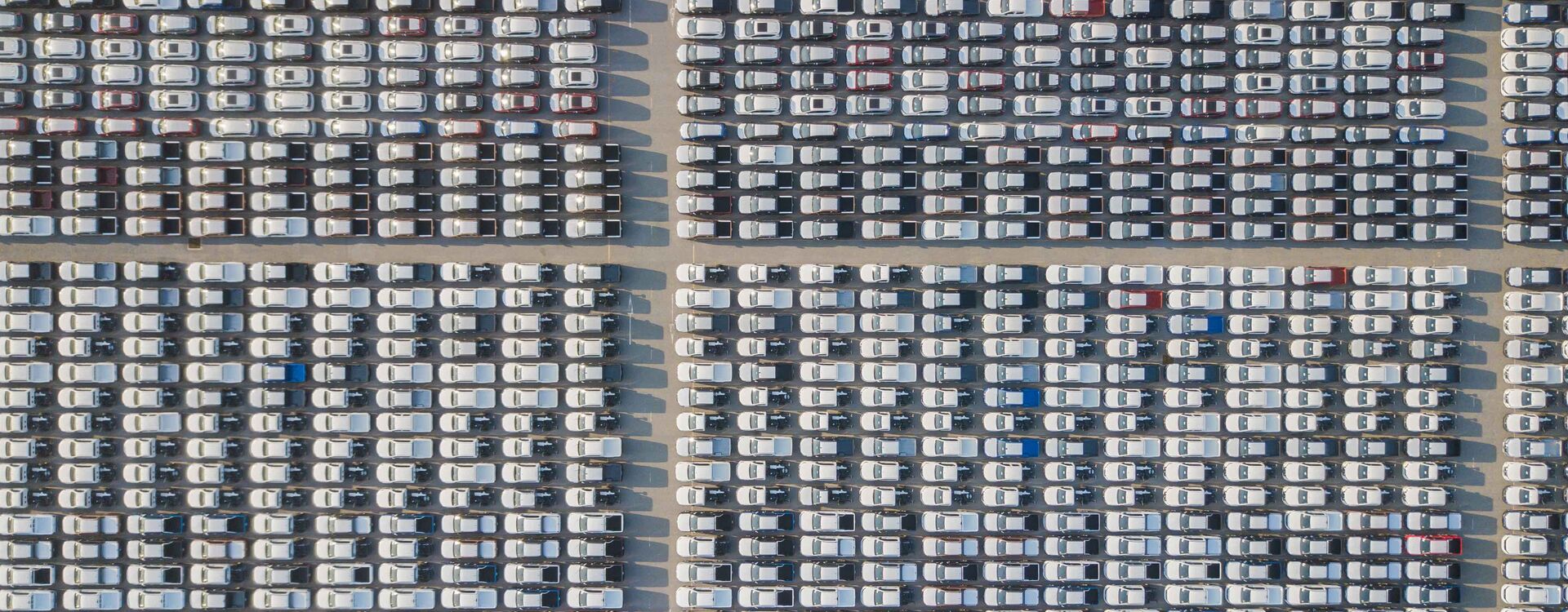Automotive Industry

Raw material requirements of the automotive industry
The way mobility is organized in Germany is neither sustainable nor globally fair. Greenhouse gas emissions from the transport sector in Germany have barely been reduced since 1990. It is urgently necessary to say goodbye to the combustion engine and switch to more environmentally friendly forms of mobility for reasons of climate protection alone. Switching to electric cars will not be enough to make the transport sector more sustainable from both an ecological and social perspective. After all, what is often neglected in the debates about the transport transition is the enormous amount of raw materials required by cars - regardless of whether they have a combustion or electric engine.
An average car weighs around 1,500 kilograms. It mainly contains steel and aluminum as well as smaller quantities of copper, platinum and rare earths. Electric vehicles also contain raw materials such as cobalt, lithium, nickel and graphite for the battery, which weighs hundreds of kilograms. Overall, car manufacturers and their suppliers are responsible for a large proportion of the raw materials that are being used in Germany: 75% of lead, 48% of aluminum, 40% of platinum and 26% of steel. Almost 100% of these raw materials are imported from abroad. Their extraction and processing often leads to serious human rights violations and environmental destruction. The German government has now also recognized this and describes the automotive industry as a “high-risk sector in terms of human rights”.
Binding requirements and a mobility transition
At German and EU level, WEED is campaigning for binding requirements for companies to better protect human rights and the environment in their supply chains.
In addition, further steps are needed to reduce the enormous consumption of raw materials in the automotive industry. We are therefore calling for a fundamental transformation of the mobility sector. This means that we need smaller, lighter and, above all, fewer cars on the roads. Cars weighing two tonnes should not be used to transport people weighing 75 kilograms individually. Alternative means of transport such as public transport, cycling and walking must be strengthened and the corresponding infrastructure expanded. The mobility, energy and raw materials transition must be brought together.